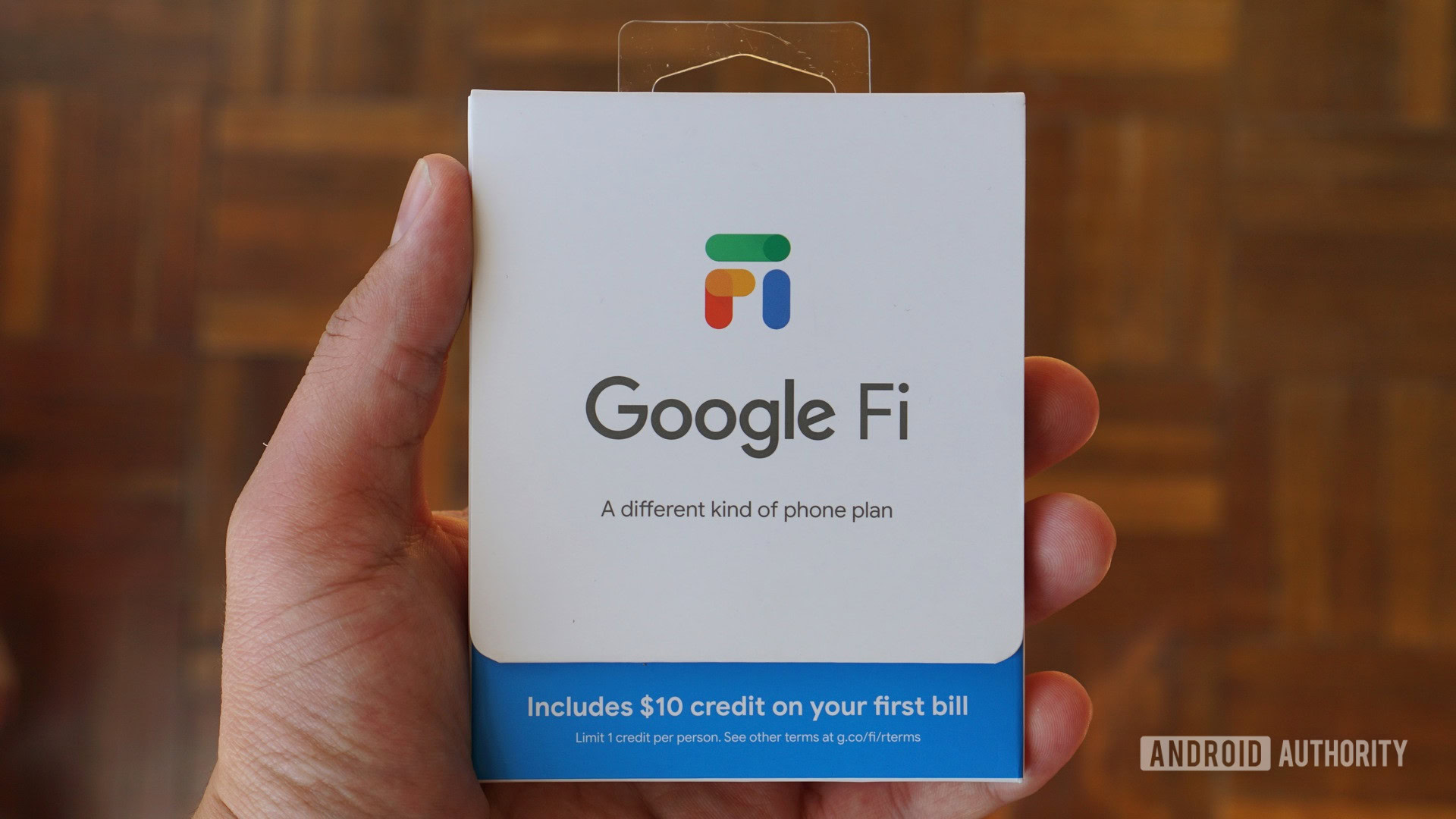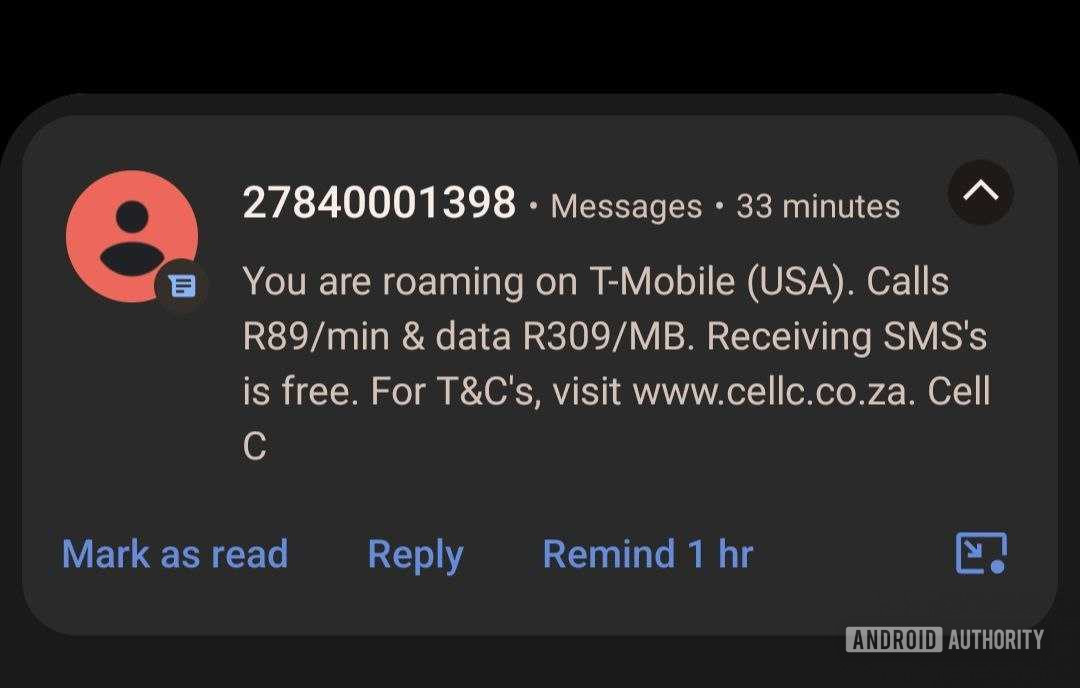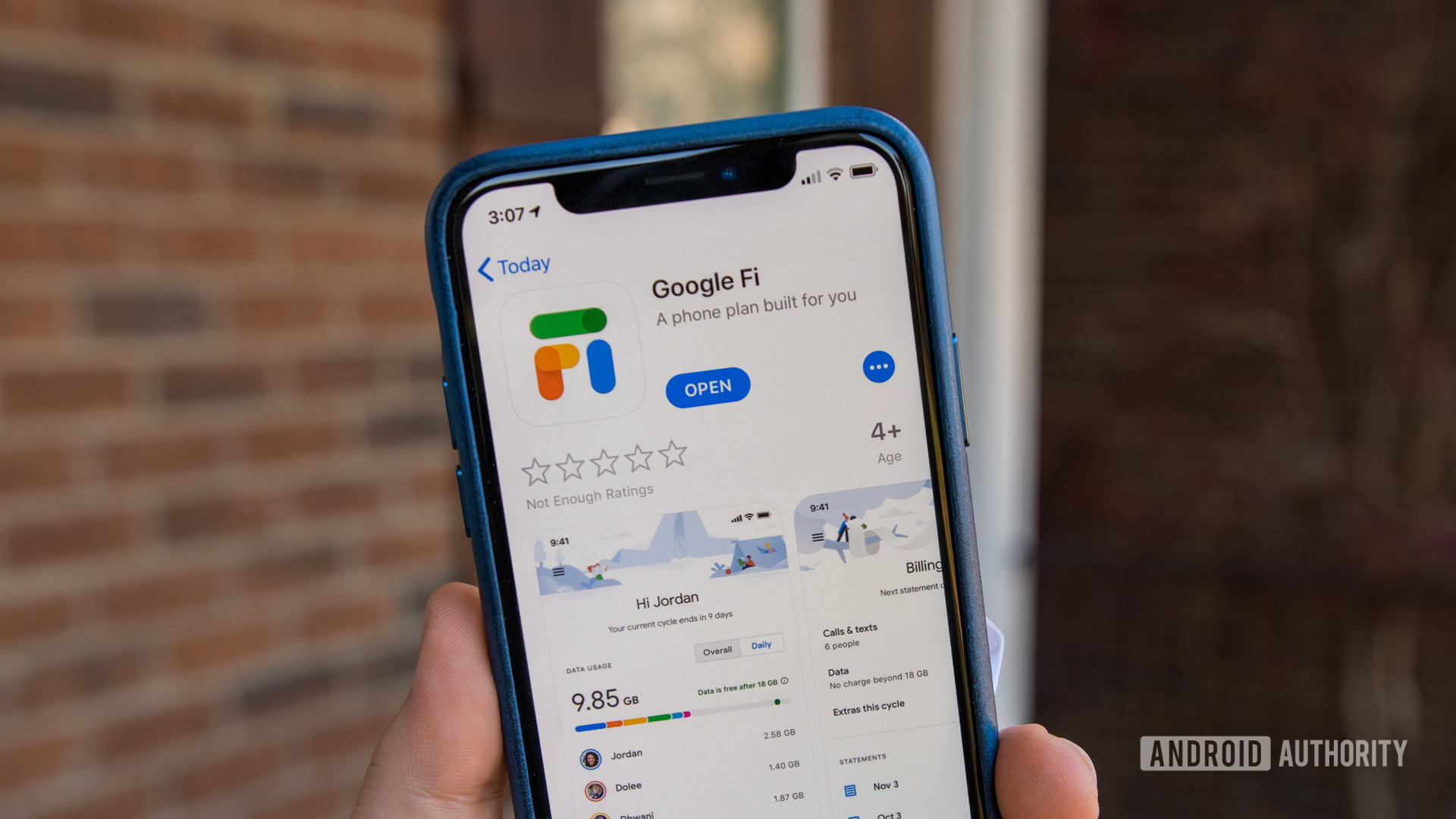Affiliate links on Android Authority may earn us a commission. Learn more.
I kept a Google Fi line outside the US for 2 years. Here's how that went.
Published onMay 17, 2023

Google Fi is definitely one of the better mobile plans out there, offering easy-to-understand rates, generous out-of-bundle data service, and the same $10 per GB data price in over 100 countries.
The service is only meant for US customers, though, but I ended up using Google Fi in my home country of South Africa for roughly two years. Here’s how that went.
Pre-pandemic globe-trotting plans

I wound up buying a Google Fi SIM card and the flexible data plan when attending CES 2020 just before the pandemic took hold. The flexible plan in particular charges you the usual $10 per GB until you reach the 6GB mark. You’re not charged at all from here on out, although you will be saddled with 3G speeds if you exceed 15GB.
Fi worked well during this trip, but I kind of just kept using it in the days after arriving back home. Sure, I swapped out the Fi SIM in my daily driver for my primary local SIM, but I still found a reason to keep my Fi line active.
My somewhat weird reasoning was that since I’d been traveling a couple of times a year for work up until that point, primarily to the US, it made sense to keep paying for Google Fi in anticipation of further travels. I also figured that it would suffice as a secondary SIM for review devices when at home. The former solution made more sense to me than buying something like a T-Mobile SIM. After all, the T-Mobile SIM and local data plan would likely be cheaper but I could theoretically use Fi at home or elsewhere as well.
My carrier charges $20,000 per gigabyte while roaming. Google Fi charges $10.
It doesn’t hurt that roaming charges are ludicrous via my own carrier. Check out the screenshot from 2022 below. That’s R309 or $19.64 per 1MB. No, you didn’t read that incorrectly. That’s over $20,000 — twenty thousand dollars — for one single gigabyte.

Another reason for me to use Fi outside of the US was that Google’s data pricing wasn’t crazy expensive compared to what local carriers charge for prepaid/off-contract data. Well, at least when it comes to the amount of data I use.
My own network charged R85 (~$5.40) for 1GB of off-contract data, which is about half of Google’s $10 per gigabyte rate but still pretty expensive compared to other countries. However, I generally use a few hundred megabytes each month, and this is where Google’s flexible plan pushes ahead of my own carrier.
Google Fi’s pricing works on an easy-to-understand scale, with 100MB setting me back $1 compared to $1.21 with my carrier. A random 260MB of usage would cost $2.60 on Fi, but my carrier only offers fixed plans, so I’d need to get the 350MB package for $2.93. The price difference between the two clearly works in Fi’s favor at the lowest end of the spectrum, although Google’s service does obviously fall massively behind as you get into gigabytes.
Two years of local Google Fi usage

Unfortunately, the pandemic meant that work trips ceased to happen for the next two years, making my Google Fi master plan rather pointless.
I stayed with Google Fi, though, mainly due to the aforementioned usage of the SIM card in review units. The flexible nature of the plan made sense here, as I’d only really be paying for data when I actually used it and I wouldn’t be using a ton of data anyway.
The flexible nature of Fi plans made sense for my low data usage.
That’s the way things went for about two years, believe it or not, as my Fi service worked throughout this entire period. However, Google finally (and understandably) suspended my data usage in February 2022.
In case you didn’t know, Fi is meant to be used primarily in the US. Still, this was a long run compared to other users on Reddit, with many reporting suspensions after a few months (or even weeks) of using the service outside the US. I’m guessing I stayed under the radar due to the relatively limited data consumption — I generally used less than 1GB of mobile data most months.
Would you buy an international version of Google Fi?
For what it’s worth, Fi intermittently worked when I returned to the US back in May 2022, but moments of cellular connectivity were punctuated by long periods offline. Google stipulates that you need to be continuously using the service in the US for 90 days for the ban to be lifted.
I eventually got around to suspending my Google Fi service for a few months and subsequently canceled it. It obviously doesn’t make sense to keep paying for the service when my mobile data is suspended. I do have another (inactivated) SIM card I bought for future travels, but you need to be in the US to activate the service in the first place. Plus, I recently discovered the wonders of roaming eSIMs on a trip to Barcelona for MWC 2023.
I would pay a little extra for a global Google Fi service if it means I can have one SIM card and data that just works no matter the country.
Either way, for as pricey as Google Fi is compared to a local plan, I’d love if Google introduced the service to international markets. It’s unlikely that an international version of Fi could stick to the existing data tariffs, especially in countries where mobile data is expensive, to begin with. But I wouldn’t mind paying a little extra for the service if it meant I had a SIM card and data that just worked no matter the country.
Up next: I tried signing up for Pixel Pass, but it was too much of a hassle